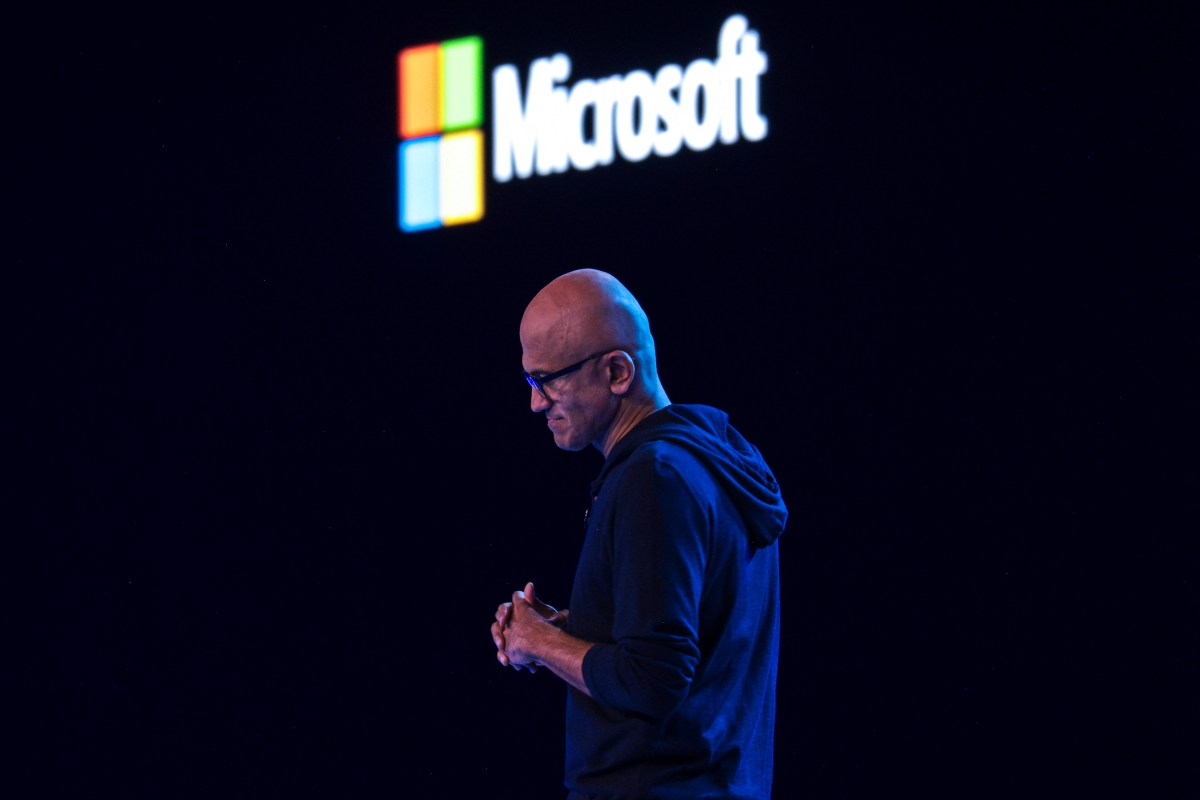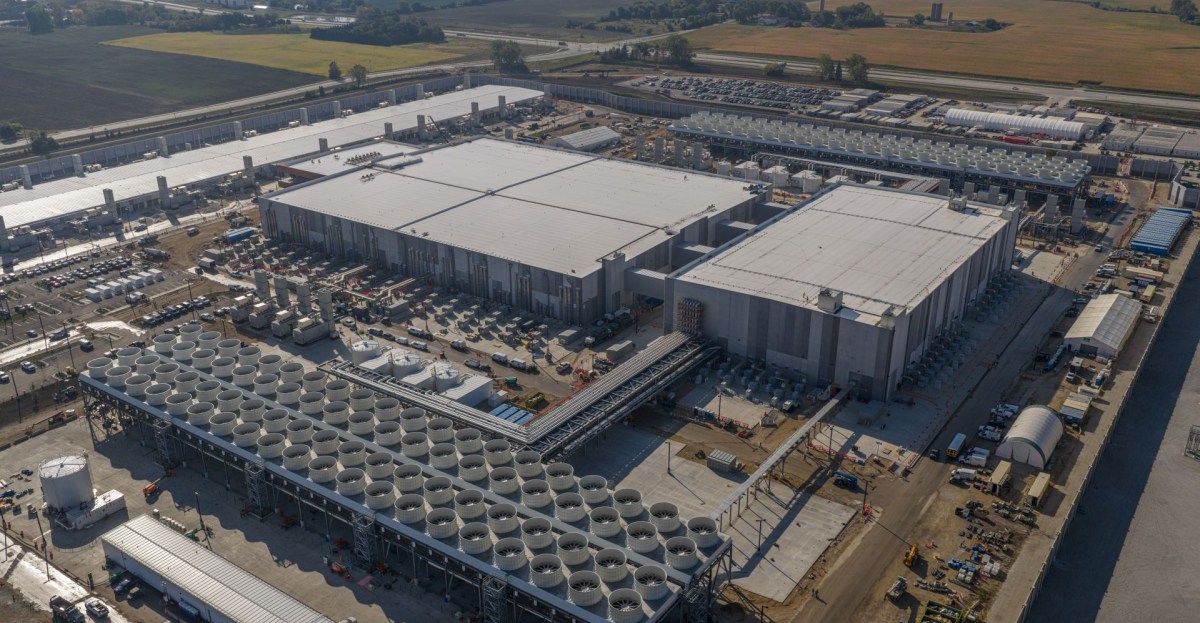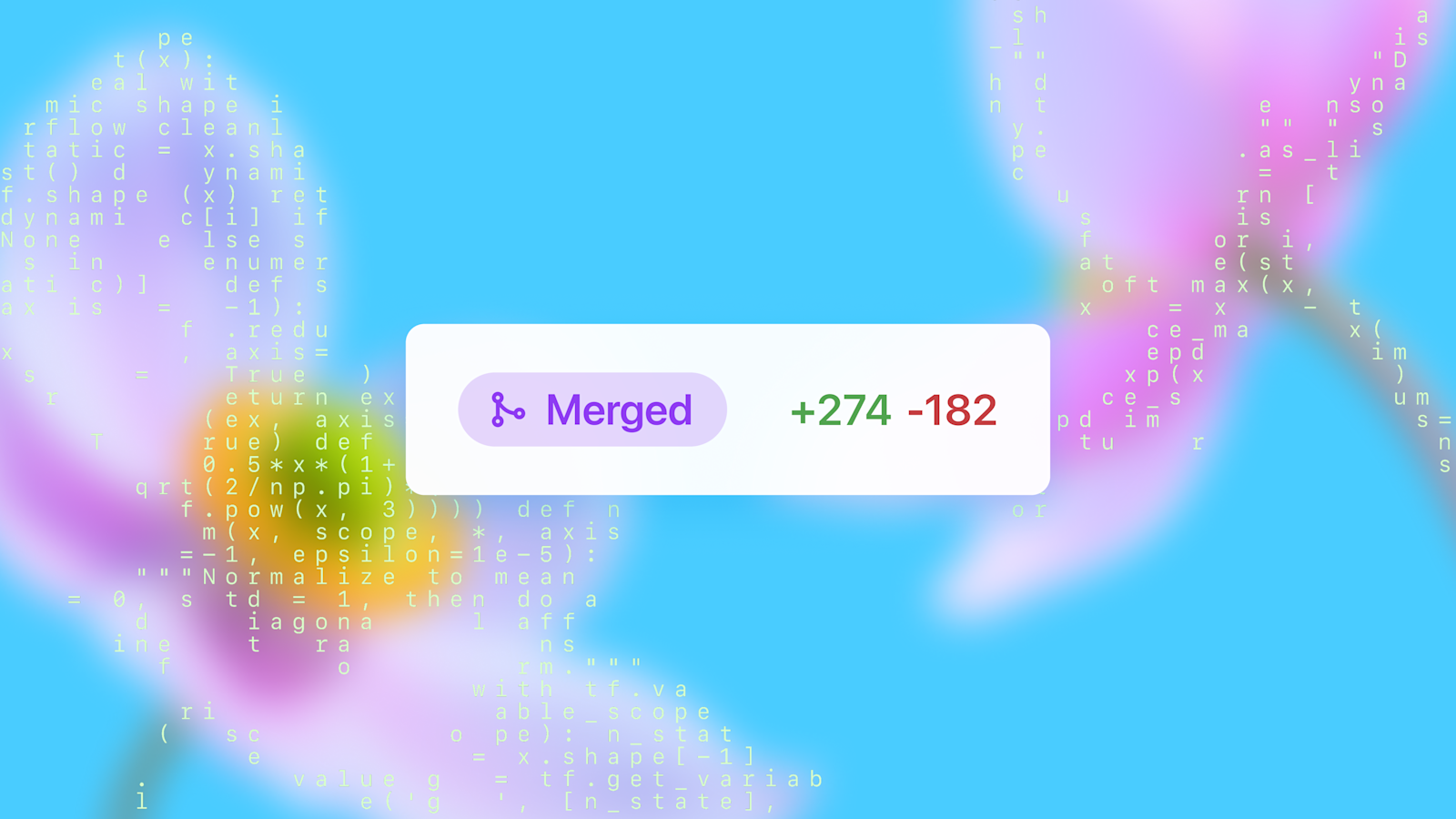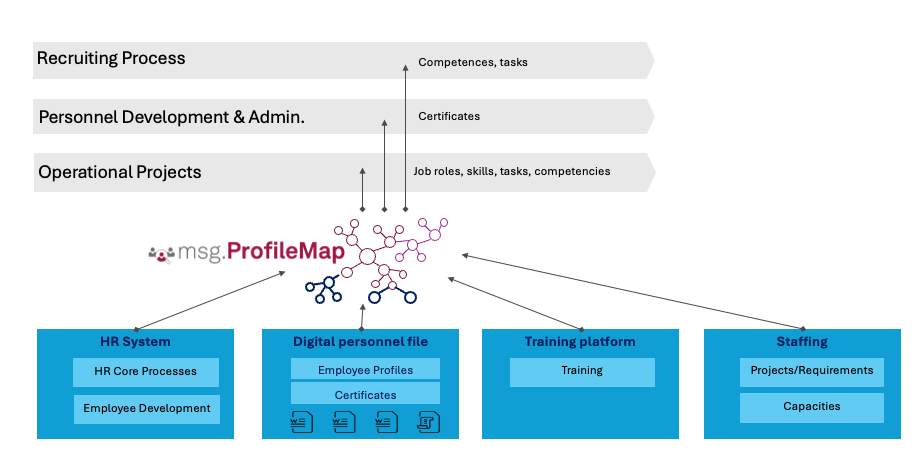
Breakneck data center growth challenges Microsoft’s sustainability goals
TL;DR
- Microsoft’s 2025 sustainability report shows emissions up 23.4% since 2020, driven largely by rapid data center buildout for cloud and AI workloads. A large share of this impact is in Scope 3 emissions, which Microsoft says it does not directly control.
- Scope 3 accounts for about 97% of fiscal year 2024 emissions, with capital goods and purchased goods and services the major contributors, together making up roughly three-quarters of the total footprint.
- Data-center construction uses carbon-intensive inputs such as steel and concrete; lithography in semiconductors relies on chemicals with very high global warming potential, including hexafluoroethane.
- The company has a growing portfolio of zero-carbon electricity (34 gigawatts) and large carbon-removal deals, but meeting the 2030 goal to remove more carbon than it generates will require cutting emissions by more than half while accelerating removals.
- While progress exists—2024 emissions were down slightly from 2023—the pace of AI and cloud expansion complicates the path to its 2030 sustainability pledge, especially as grids decarbonize unevenly across regions.
Context and background
Microsoft has long aimed to be a low-carbon technology company, but its latest sustainability report underscores how a carbon-heavy economy can weigh on such ambitions. Since 2020, emissions have risen by 23.4%, a consequence of a breakneck data center buildout designed to support growing cloud and AI operations. Even as the company cleanly sources electricity where possible, the facilities themselves introduce embedded carbon through materials and processes used in construction and in the chips powering its infrastructure. Emissions are reported on three scopes. Scope 3 — the broadest and most challenging category — covers emissions from outside direct operations, including raw materials, transportation, and purchased goods and services. In fiscal year 2024, Scope 3 represented just over 97% of Microsoft’s carbon footprint. The company notes that its Scope 3 profile is dominated by two categories — capital goods and purchased goods and services — which together account for roughly three-quarters of total emissions. The construction of data centers is the main driver of these Scope 3 emissions, tying the footprint to the carbon intensity of the supply chain for steel, concrete, and other building materials. On the tech side, semiconductors used in data centers contribute too. Lithography processes rely on chemicals with very high global warming potential; hexafluoroethane, for example, is used to etch features on chips and has a very large warming impact per ton. Even with access to green electricity, Microsoft has faced challenges locating nearby zero-carbon energy sources for all of its facilities, leading to electricity purchases from grids that may not be decarbonized yet. Microsoft states, “Our electricity consumption has grown faster than the grids where we operate have decarbonized.”
What’s new
According to Microsoft’s 2025 sustainability report summarized by TechCrunch, the company reduced emissions in 2024 relative to 2023 but remains far from the 2030 target. The 2024 emissions decline suggests improvements in data center design and efficiency; however, the overall trajectory remains challenged by the scale of data center expansion and the carbon intensity of the supply chain. The company notes it will need to cut its emissions by more than half and substantially scale carbon removal to meet its 2030 pledge. Microsoft has also made notable progress in decarbonization efforts outside direct operations. The company is among the leading investors in and buyers of solar power, building a now sizable zero-carbon electricity portfolio of about 34 gigawatts in capacity. In addition, Microsoft has secured large carbon-removal deals that promise to remove millions of metric tons of carbon dioxide from the atmosphere. These steps indicate a dual-track strategy: (1) reduce emissions through cleaner energy purchasing and more efficient data centers, and (2) expand removals to offset residual emissions. However, the report also highlights headwinds. Even with green electricity, the rapid pace of AI and cloud growth means the absolute electricity demand for Microsoft’s data centers continues to grow, potentially outpacing grid decarbonization in some regions. As a result, the company faces a longer path to achieving net-zero or net-negative outcomes across its operations, particularly given the embedded emissions in its supply chain and in manufacturing inputs.
Why it matters (impact for developers/enterprises)
For developers and enterprises relying on Microsoft’s cloud and AI capabilities, the sustainability trajectory translates into systemic challenges for the broader tech ecosystem. The data center supply chain — notably steel, cement, and specialized silicon — remains carbon-intensive, and decarbonizing these inputs is not instantaneous. Startups and incumbents working on low-emission steel, low-cement clinker, and new semiconductor processes are positioned to influence Microsoft’s Scope 3 performance over time, but scale and cost remain limiting factors. The report’s emphasis on Scope 3 underscores that the carbon responsibility extends beyond Microsoft’s direct operations. Procurement policies, supplier engagement, and the adoption of low-carbon materials across global supply chains will be critical to bending the emissions curve. Enterprises that depend on cloud infrastructure should watch for two trends: first, continued growth in clean-energy procurement and energy-efficient data center design; second, evolving supplier standards and decarbonization investments that could lower the embodied carbon in hardware and building materials over the next several years.
Technical details or Implementation
The decarbonization challenge identified by Microsoft centers on embodied carbon in data center construction and operation. Several specifics from the report illustrate the breadth of the issue:
- Embodied carbon in steel and concrete: Steel used in data center buildings is typically produced via blast furnaces powered with fossil fuels, and the concrete foundations are formed through chemical reactions that release CO2. These inputs contribute significantly to Scope 3 emissions tied to capital goods.
- Semiconductor lithography and high-GWP gases: The lithography steps that pattern silicon wafers require certain chemicals with very high global warming potential. Hexafluoroethane, used in etching features on chips, has a potent warming potential, highlighting the carbon intensity embedded in the most advanced chips powering data centers.
- Electricity vs. grids: Even when Microsoft purchases zero-carbon electricity, aligning plant operations with nearby clean-energy resources remains challenging. The company notes that electricity consumption has grown faster than the decarbonization rate of the grids where its facilities operate, necessitating electricity purchases from other grids at times.
- Zero-carbon electricity portfolio and carbon removal: Microsoft reports a zero-carbon electricity portfolio totaling 34 GW and ongoing large-scale carbon-removal deals intended to offset residual emissions. These efforts are part of a broader strategy to reduce the gross emissions while scaling removals to achieve the 2030 target.
- Signaling progress but recognizing the timeline: The 2024 emissions were down slightly versus 2023, indicating improvements in some operational aspects, but the pace is not yet sufficient to meet the 2030 objective without further intensity reductions and expansion of removal capacities. Tables below summarize some of these high-level facts. | Category | Share / Note |--- |--- |Scope 3 share of total emissions (FY2024) | ~97% |Major Scope 3 contributors | Capital goods and purchased goods & services together account for ~75% of total emissions |Data center construction impact | Principal driver of Scope 3 emissions; steel, concrete, and chip inputs |Zero-carbon electricity capacity | 34 gigawatts of zero-carbon electricity portfolio |Carbon removal commitments | Large deals expected to remove millions of metric tons of CO2 |
Key takeaways
- Data-center expansion remains the centerpiece of Microsoft’s emissions profile, driving the majority of Scope 3 emissions.
- The majority of the carbon footprint sits outside direct control, underscoring the difficulty of meeting a 2030 target through internal improvements alone.
- Decarbonizing building materials and semiconductor inputs will be essential to meaningful, long-term reductions.
- Significant progress exists in renewable energy procurement, with a substantial solar portfolio contributing to the company’s energy mix.
- Ambitious carbon-removal agreements are being pursued, but the scale and speed of these removals must accelerate to meet 2030 requirements.
FAQ
-
What does Scope 3 mean for Microsoft’s emissions?
Scope 3 includes emissions from activities outside direct operations, such as raw materials and purchased goods and services; it accounts for about 97% of Microsoft’s emissions in fiscal year 2024.
-
Why are data centers so carbon-intensive?
The data center buildout relies on materials like steel and concrete with embedded emissions and on chip manufacturing inputs that require high-GWP chemicals, all tying to the supplier chain and construction processes.
-
What steps is Microsoft taking to reach its 2030目标?
The company is investing in solar power, growing its zero-carbon electricity capacity (34 GW), and pursuing large carbon-removal deals, while seeking to halve emissions and scale removals to offset residuals.
-
What role do chemicals with high global warming potential play in this story?
Lithography processes use gases such as hexafluoroethane, which have very high warming potential and contribute to the embodied carbon in semiconductor devices powering data centers.
-
How does this affect customers and developers?
The sustainability trajectory impacts procurement, supplier standards, and the availability of lower-carbon infrastructure components, influencing how customers and partners plan cloud and AI deployments.
References
- TechCrunch, Breakneck data center growth challenges Microsoft’s sustainability goals. https://techcrunch.com/2025/06/02/breakneck-data-center-growth-challenges-microsofts-sustainability-goals/
More news
Microsoft to turn Foxconn site into Fairwater AI data center, touted as world's most powerful
Microsoft unveils plans for a 1.2 million-square-foot Fairwater AI data center in Wisconsin, housing hundreds of thousands of Nvidia GB200 GPUs. The project promises unprecedented AI training power with a closed-loop cooling system and a cost of $3.3 billion.
OpenAI introduces GPT-5-Codex: faster, more reliable coding assistant with advanced code reviews
OpenAI unveils GPT-5-Codex, a version of GPT-5 optimized for agentic coding in Codex. It accelerates interactive work, handles long tasks, enhances code reviews, and works across terminal, IDE, web, GitHub, and mobile.
GPT-5-Codex Addendum: Agentic Coding Optimized GPT-5 with Safety Measures
An addendum detailing GPT-5-Codex, a GPT-5 variant optimized for agentic coding within Codex, with safety mitigations and multi-platform availability.
How msg enhanced HR workforce transformation with Amazon Bedrock and msg.ProfileMap
This post explains how msg automated data harmonization for msg.ProfileMap using Amazon Bedrock to power LLM-driven data enrichment, boosting HR concept matching accuracy, reducing manual workload, and aligning with EU AI Act and GDPR.
Meta 2025 Sustainability Report: Decarbonization, Water Stewardship and Biodiversity Initiatives
Meta’s 2025 Sustainability Report outlines decarbonization targets, water restoration in stressed regions, biodiversity efforts, supplier engagements, and data-center innovations, including mass timber pilots and nuclear energy pilots.
Breaking the Networking Wall in AI Infrastructure
Microsoft Research outlines MOSAIC, a microLED-based optical interconnect concept designed to overcome datacenter memory and network limits restricting AI performance, with potential to transform AI cluster designs.





